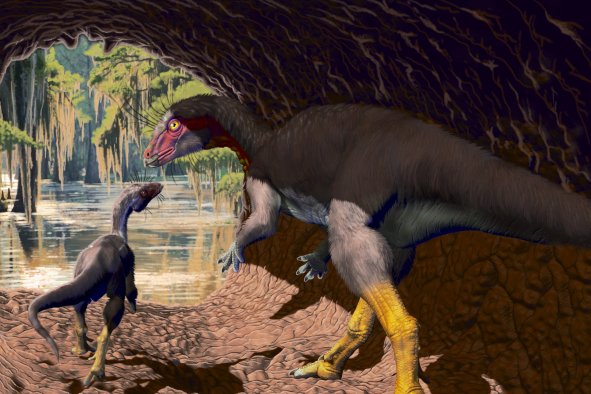Archaeologists have unearthed a temple, believed to be around 4,000 years old and featuring a mysterious monolith, on the Mediterranean island of Cyprus.
A research project led by Luca Bombardieri with the University of Siena, Italy, in collaboration with the Department of Antiquities of Cyprus, identified the remains of the sacred space at the archaeological site of Erimi.
The prehistoric settlement is located in south-central Cyprus on a limestone terrace more than 300 feet above sea level. The island is located in the eastern Mediterranean Sea at the crossroads of Europe, Africa and Asia.
"During the Middle Bronze Age (around 2000-1600 B.C.) a community of artisans chose to settle on the Erimi hill and build a community living space with very particular characteristics," Bombardieri said in a University of Siena press release.
In one area of this Bronze Age community, Bombardieri and his team discovered the remains of a room in which they found a monolith of considerable size, measuring more than 7 feet in height. The monolith is completely smooth and features a motif in the center.
"The monolith, which originally stood in the center of the room, collapsed onto the floor and destroyed a large amphora placed at its feet in front of a small circular hearth," Bombardieri said in the release. An amphora is a type of container vessel with a pointed bottom and characteristic form that dates back to prehistoric times.
"The peculiarities of this [room]... indicate that it is a small sacred space," Bombardieri said. "The activity that supported the community economically, also involved its members ideologically and symbolically."
According to the researcher, the small sacred space uncovered in Erimi is the oldest such example known on the island.
"Recent excavations have led to the discovery of the oldest sacred building attested in Cyprus, whose ritual function and ideological value seem to be of particular significance," Bombardieri said.
Earlier this year, archaeologists working on the island rediscovered several "lost" tombs within the territory of a British overseas military base.
The finds resulted from a survey conducted in the Eastern Sovereign Base Area (ESBA) at Dhekelia on the island's south coast.
Cyprus is a former British colony that gained its independence in 1960, although the U.K. still retains control over two sovereign base areas there, including the ESBA.
The island has been divided since 1974 when Turkey invaded the northeastern portion. Northern Cyprus, the self-declared de facto state that administers this region, is recognized by no other country apart from Turkey. All other states consider the northeastern territory—along with the rest of the island (minus the British bases)—to be part of the Republic of Cyprus, which is a member of the European Union.
Do you have a tip on a science story that Newsweek should be covering? Do you have a question about archaeology? Let us know via science@newsweek.com.
Disclaimer: The copyright of this article belongs to the original author. Reposting this article is solely for the purpose of information dissemination and does not constitute any investment advice. If there is any infringement, please contact us immediately. We will make corrections or deletions as necessary. Thank you.



